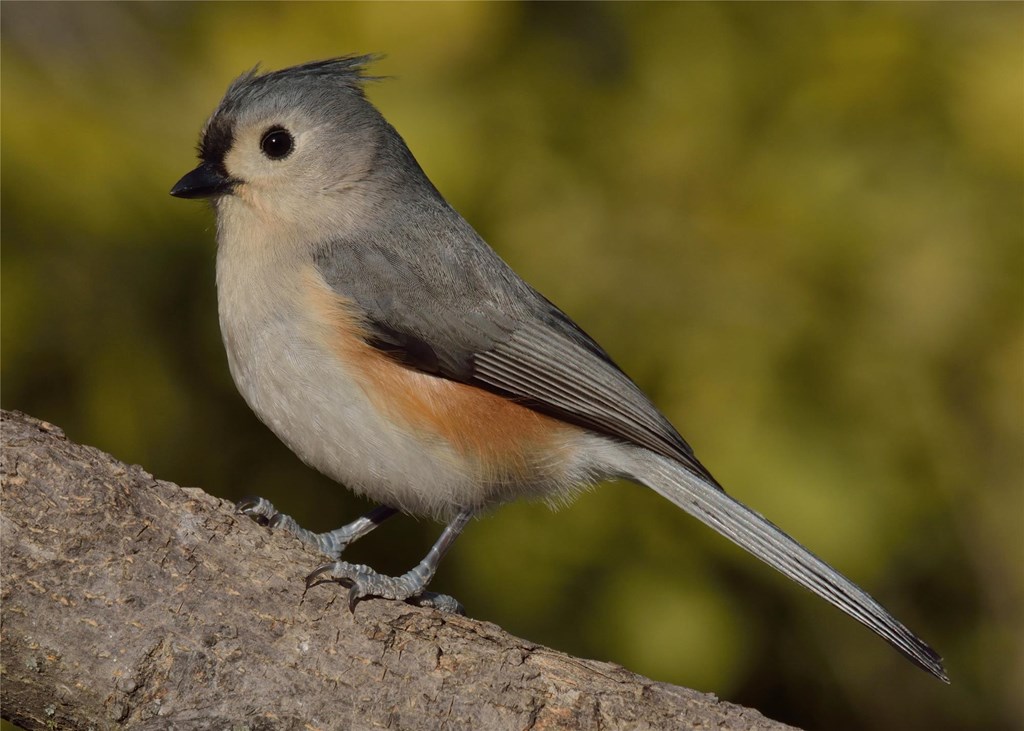A Network of Songbird Surveys
Posted on May 04, 2020 in Science

By David Barber, Senior Research Biologist
In 1989, Princeton University biologist John Terborgh in his book, Where Have All the Birds Gone, documented the decline of birds that migrate to the tropics. Fast forward 30 years, and Cornell University’s Kenneth Rosenberg and colleagues published a paper entitled “Decline of North American Avifauna” in which they estimate that 29% of the birds in the United States, nearly 3 billion birds, have been lost in the last 48 years. The result is intriguing, because these declines are not only migratory species but include residents as well. Population trends of breeding songbirds that we monitor on Hawk Mountain Sanctuary are somewhat different.
At Hawk Mountain, we have been monitoring breeding bird populations on two large, forest plots for 39 years, one on Owls Head (OH) ridgetop and the other in the River of Rocks (ROR) valley. We conduct a Breeding Bird Census which relies on spot-mapping. Starting at sunrise, we walk each plot 10 times between May 15 and June 30 and mark down the location of every bird we see or hear on a plot map. At the end of season, the observations are compiled for each species and clusters of observations are considered a territory, so we are actually measuring the numbers of pairs of birds breeding on our plots.
Over the 39 years, 36 and 45 species have held a territory on OH and ROR, respectively. Despite one plot being on a ridgetop and the other in a valley, the bird composition on the plots are remarkably similar. Of the ten most abundant species on each plot, seven appear on both lists, however, the abundance of each species differs. For example, ovenbirds and red-eyed vireos are the two most abundant species on both plots, but ovenbirds outnumber red-eyed vireo on OH and vice versa on ROR.

Although the total number of birds has increased on both plots, trends vary among species and sometimes between plots. When species are grouped as residents, short-distance migrants, and long-distance migrants they show very different patterns. We were able to look at population trends of nine species of residents/short-distance migrants and 11 species of long-distance migrants. Of the nine residents/short-distance migrants, four species declined: downy woodpecker, tufted titmouse, black-capped chickadee, and blue jay. Hermit thrushes increased and four species, such as hairy woodpecker and eastern towhee did not have significant trends. In contrast, 7 of 11 long-distance migrants increased, including red-eyed vireo, black-and-white warbler, and rose-breasted grosbeak, while wood thrushes and common yellowthroats declined. Two species did not have significant trends.
Trends found at Hawk Mountain are not always similar to regional trends found across the Commonwealth. For example, black-and-white warbler, scarlet tanager, rose-breasted grosbeak, and eastern wood-pewee populations are increasing on Hawk Mountain, but decreasing state-wide. In contrast, black-capped chickadee and tufted titmouse populations are declining at Hawk Mountain but increasing statewide. Statewide trends are based on Breeding Bird Surveys that are conducted along roads, which over time can become more developed and the habitat more fragmented. Species that are more sensitive to forest fragmentation, such as black-and-white warbler, may thrive at Hawk Mountain where the forest is largely intact and is part of over 24,000 acres of contiguous forest along the Kittatinny Ridge. These same species may be declining due to increasingly fragmented and developed areas along surveyed roads.
Habitat fragmentation, however, doesn’t explain why populations of resident species like downy woodpecker, black-capped chickadee, and tufted titmouse are declining on Hawk Mountain. Hybridization of black-capped and Carolina chickadees could be a factor, but that only explains the decline in chickadees. As of yet, we don’t have answers for the decline in some of our resident and short-distance migrant birds, although the fact that four of the species are cavity nesters is intriguing.
The differences in local versus statewide trends point out the importance of long-term monitoring such as what we’re doing at Hawk Mountain as regional trends do not always reflect what is happening locally.